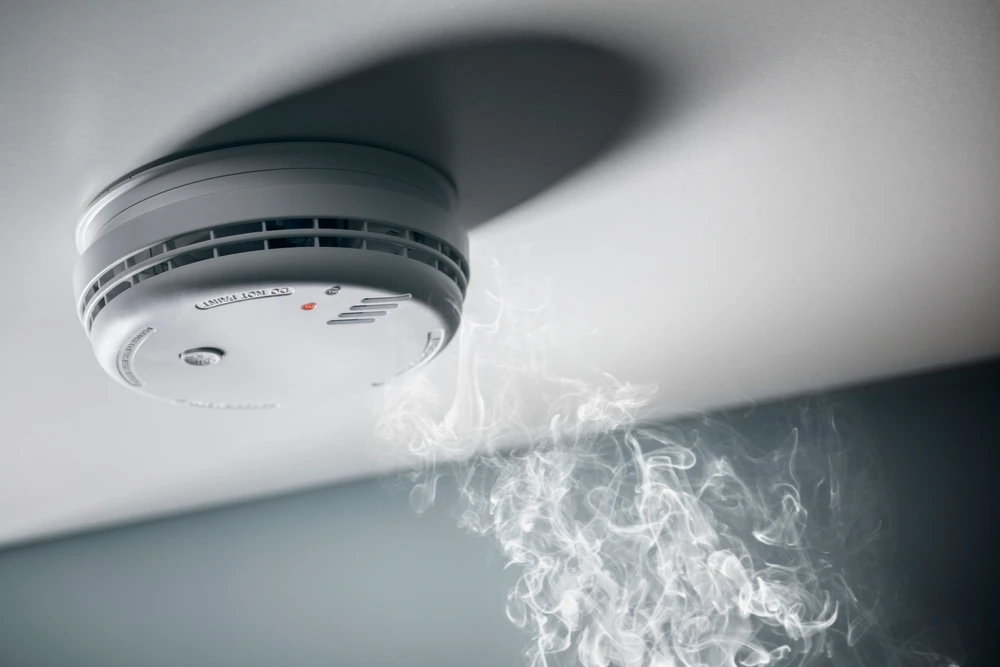Carbon monoxide (CO) is an odorless, colorless gas that can be deadly if inhaled in high concentrations. It’s often called the “silent killer” because it’s nearly impossible to detect without a proper carbon monoxide detector. Installing CO detectors in the right places throughout your home is essential for protecting your family from the dangers of carbon monoxide poisoning. But where exactly should you install them? Here’s a guide to ensuring your home is equipped for maximum safety.
Where to Install a Carbon Monoxide Detector
1. Near Sleeping Areas
The most crucial location for carbon monoxide detectors is near sleeping areas. Because CO poisoning can cause symptoms like dizziness, confusion, or fatigue, you may not wake up in time to notice a problem. Placing detectors within 10-15 feet of bedrooms ensures that if carbon monoxide levels rise, the alarm will wake you and your family, allowing you to leave the area safely.
2. On Every Level of Your Home
It’s recommended to have at least one carbon monoxide detector on every level of your home, including the basement and attic. Carbon monoxide can spread quickly, so having multiple alarms helps ensure you’re alerted no matter where you are in the house.
3. Near Fuel-Burning Appliances
Carbon monoxide is commonly produced by malfunctioning or improperly vented fuel-burning appliances such as furnaces, water heaters, gas stoves, and fireplaces. Place detectors in the rooms where these appliances are located. However, avoid installing the detectors right next to or above the appliances to prevent false alarms. Consider a distance of at least 10-15 feet is ideal.
4. In the Garage
If you have an attached garage, it’s crucial to have a carbon monoxide detector nearby. Cars emit carbon monoxide when running, and leaving a car idling in the garage can lead to dangerous CO buildup, which can seep into your home. Installing a detector near the garage entrance or in the hallway leading to the house will provide early warning in case of rising CO levels.
5. In Common Living Areas
Since you and your family spend a lot of time in living rooms, dens, or family rooms. It’s important to install detectors in these areas as well. Carbon monoxide can accumulate in any part of your home, so having detectors in common areas adds an extra layer of protection.
6. Avoid Installation in Humid Areas
Don’t install carbon monoxide detectors in areas with high humidity, such as bathrooms, or in direct sunlight, as these conditions can affect the sensor’s accuracy. Likewise, avoid placing them in locations with excessive dust, dirt, or grease buildup. Places like the kitchen directly above the stove, as this can cause false alarms.
7. Proper Height for Installation
Unlike smoke, carbon monoxide mixes evenly with the air in your home. This means you can install detectors at a variety of heights, but experts recommend placing them either on the ceiling. Also consider for it to be least 5 feet above the floor. If you’re combining a smoke and CO detector in one device, it’s best to install it on the ceiling.
Conclusion
Ensuring you have properly placed carbon monoxide detectors in your home is key to protecting your family from the risks of carbon monoxide poisoning. Install detectors near bedrooms, on every level of your home, and near fuel-burning appliances for the most effective coverage. Regularly check the batteries and test your alarms to make sure they’re working properly. By following the steps on this article guidelines, you can help keep your home safe and give yourself peace of mind knowing you’re prepared for potential CO hazards.
